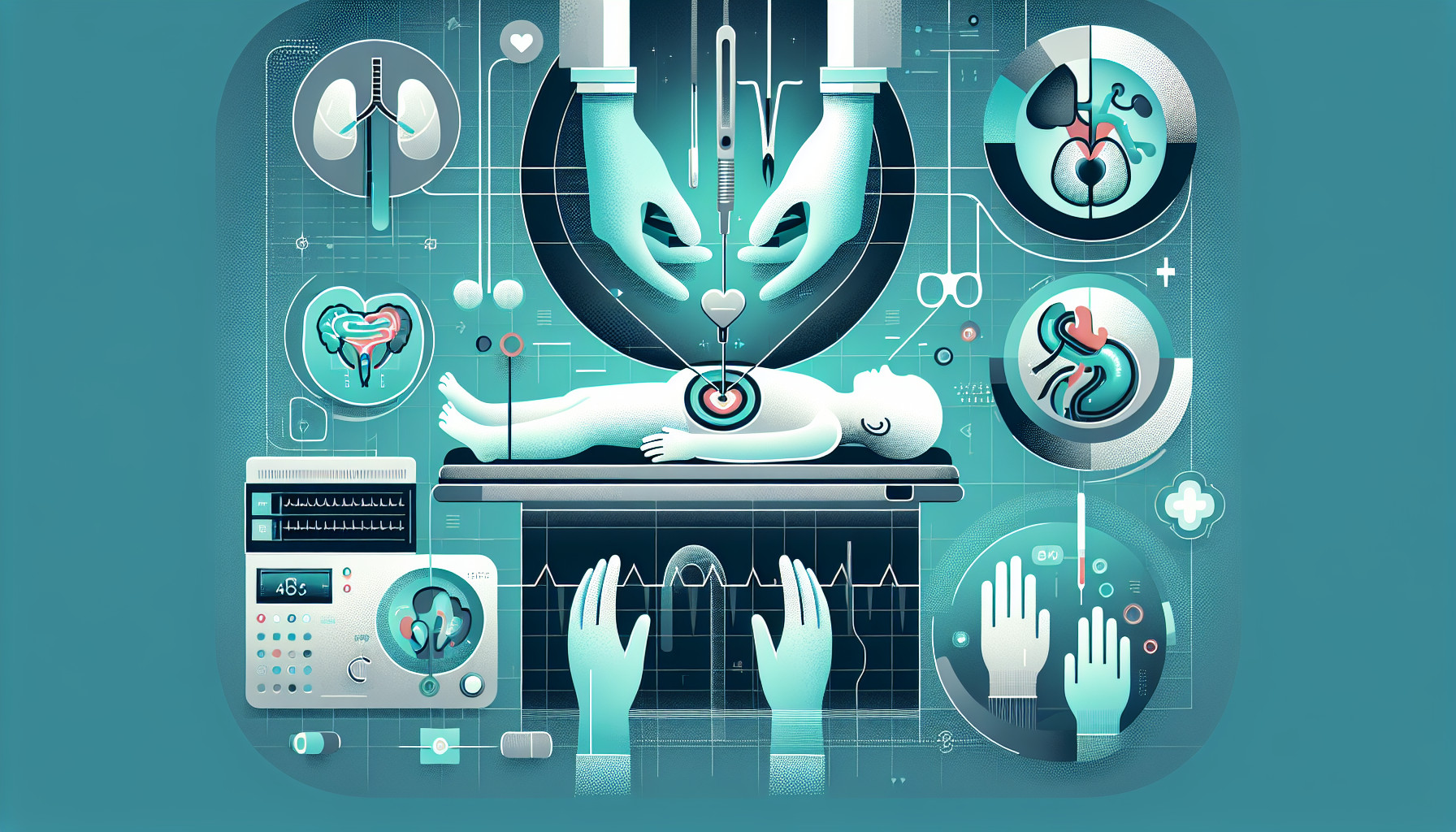Our Summary
The study examined the effects of removing the hernial sac during surgery for pediatric inguinal hernias - a common condition where tissue in the groin bulges out. The researchers compared two groups of boys under 10 who had undergone the surgery between 2014 and 2017: one group where the hernial sac was removed during the operation and a second group where it wasn’t. They found that removing the hernial sac resulted in a small but significant decrease in the risk of developing cord hydrocele, a swelling in the scrotum, after the operation. This could potentially mean fewer follow-up surgeries are needed.
FAQs
- What was the focus of the study on pediatric inguinal hernias?
- How can removing the hernial sac during surgery decrease the risk of complications?
- What is cord hydrocele and how is it related to pediatric hernia repair?
Doctor’s Tip
One helpful tip a doctor might tell a patient about pediatric hernia repair is to make sure to follow post-operative instructions closely, including avoiding strenuous physical activity and lifting heavy objects for a certain period of time to prevent complications and promote proper healing. Additionally, keeping the surgical site clean and dry can help reduce the risk of infection. It’s important to attend all follow-up appointments with the doctor to monitor recovery progress and address any concerns.
Suitable For
Pediatric patients who are recommended pediatric hernia repair are typically those who have been diagnosed with inguinal hernias. This condition is more common in boys, and the surgery is usually recommended for children under the age of 10. Inguinal hernias can cause discomfort and complications if left untreated, so surgical repair is often recommended to prevent further issues.
Timeline
Before pediatric hernia repair:
- Patient experiences symptoms of a hernia, such as a bulge in the groin area
- Patient undergoes physical examination and possibly imaging tests to confirm the diagnosis
- Surgery date is scheduled and pre-operative instructions are given to the patient and their family
- Patient undergoes pre-operative testing and evaluation to ensure they are fit for surgery
After pediatric hernia repair:
- Patient undergoes the surgical procedure to repair the hernia, which typically involves closing the opening in the abdominal wall
- Patient is monitored closely in the recovery room for any complications
- Patient may experience pain and discomfort at the surgical site, which is managed with pain medications
- Patient is discharged home with post-operative instructions and follow-up appointments scheduled
- Patient may need to avoid certain activities or lift heavy objects for a period of time to allow for proper healing
- Patient gradually resumes normal activities as they recover from the surgery.
What to Ask Your Doctor
- What are the potential risks and complications of pediatric hernia repair surgery?
- How long is the recovery time after surgery and what can be expected during the recovery process?
- Is it necessary to remove the hernial sac during the surgery and what are the potential benefits of doing so?
- What are the alternatives to surgery for pediatric hernias and when is surgery recommended?
- How often will follow-up appointments be needed after the surgery and what will be monitored during these appointments?
- Are there any restrictions or precautions that need to be taken after the surgery to prevent complications?
- How experienced are you in performing pediatric hernia repair surgeries and what is your success rate?
- What type of anesthesia will be used during the surgery and are there any risks associated with it for children?
- How can I best prepare my child for the surgery and what can I do to help them during the recovery process?
- Are there any long-term effects or complications that may arise from pediatric hernia repair surgery in the future?
Reference
Authors: Lee SR, Park PJ. Journal: J Laparoendosc Adv Surg Tech A. 2020 May;30(5):596-602. doi: 10.1089/lap.2019.0730. Epub 2020 Mar 24. PMID: 32208056
